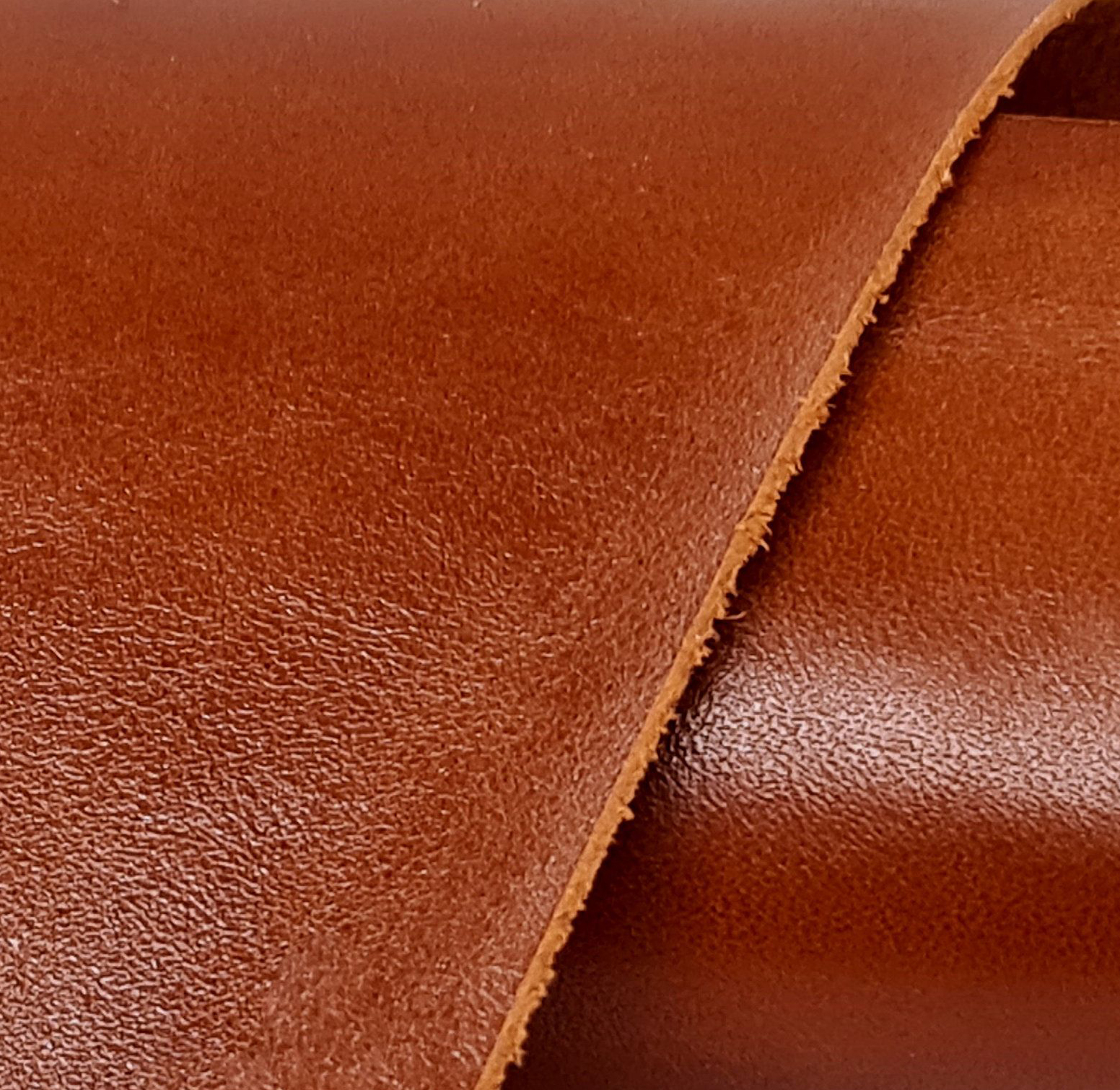
Leather
Leather is a material derived from animal skins (cows, horses, sheep, goats, etc.). It is a material that can be treated in different ways, and the different techniques have different levels of impact on the environment and the animals.
After the slaughter, the extremely fragile raw skins are quickly dehydrated via salting (which is easy and cheap) in order to prevent microbes and bacteria from developing. Several steps then follow to preserve, clean and soften the material. This is then followed by the tanning process, which involves dehydrating the natural skin, which can rot, and treating it with chemical agents to make it rot-proof and stronger. Several different tanning agents can be used to achieve this:
- Vegetable tannins: These tanning agents are concentrated powders from various plants. This method is very long but creates the highest-quality items.
- Mineral tannins: This method is used in 80% of cases. It mainly involves chrome, as this is the quickest technique (results in 24 hours).
Once the tanning process is complete, the skin has officially turned into leather. All leathers in Europe are REACH certified, a basic certification to preclude substances considered toxic by the EU.
Pros
Leather brings elegance and character to your products. It is a versatile material that offers a wide variety of possible characteristics and customisations: quality, thickness, colour, grain, finish... In leather, there is something for all tastes and budgets.
It is often an initial investment that pays for itself over time due to its longevity and resistance. Thanks to the treatment process used, it can withstand dry abrasion and fire while also being waterproof. Over time, leather becomes increasingly soft, but keeps its shape and solidity. Finally, one of the distinctive features of leather is that it breathes, which is why it is so durable.
To help you choose, there are two criteria to consider: the origin and quality of the leather.
Cons
The animal leather industry is one of the most polluting industries. Making animal leather also requires 20 times more resources (water, energy, etc.) than making synthetic leather. At the same time, the leather tanning process has direct consequences on the environment and our health. The leather industry prefers mineral tanning using chrome, as it is faster and cheaper than vegetable tanning. This method uses toxic, polluting and dangerous chemicals.
We can make your next leather items, but we can also offer you new recycled or non-animal materials if this interests you. Feel free to contact us to discuss your future project.


